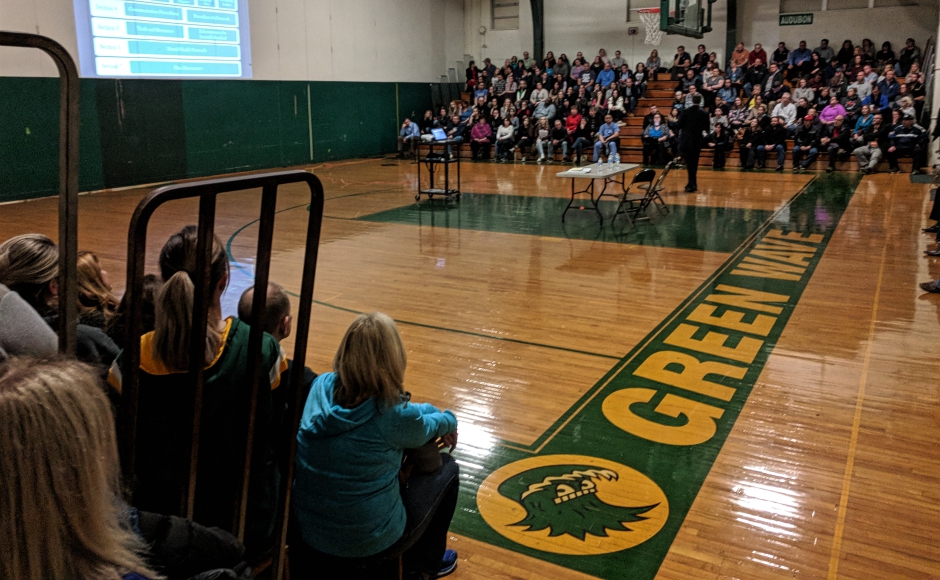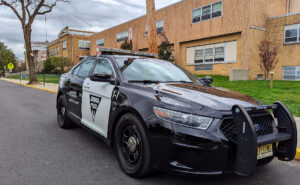 Audubon neighbors gathered at the borough high school March 6 for a town hall meeting on school security. Credit: Matt Skoufalos.
Audubon neighbors gathered at the borough high school March 6 for a town hall meeting on school security. Credit: Matt Skoufalos. Audubon neighbors gathered at the borough high school March 6 for a town hall meeting on school security. Credit: Matt Skoufalos.
Audubon neighbors gathered at the borough high school March 6 for a town hall meeting on school security. Credit: Matt Skoufalos.

